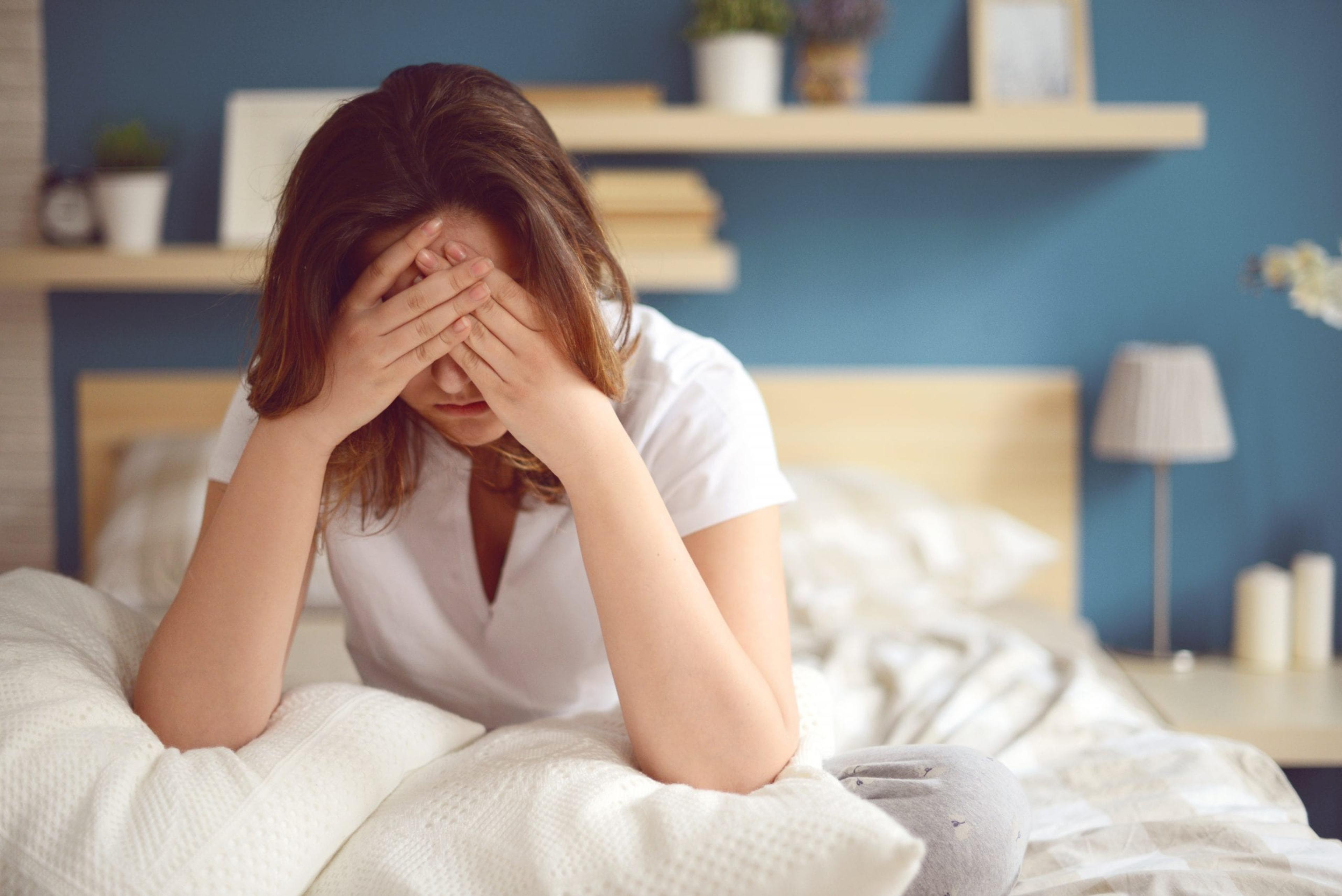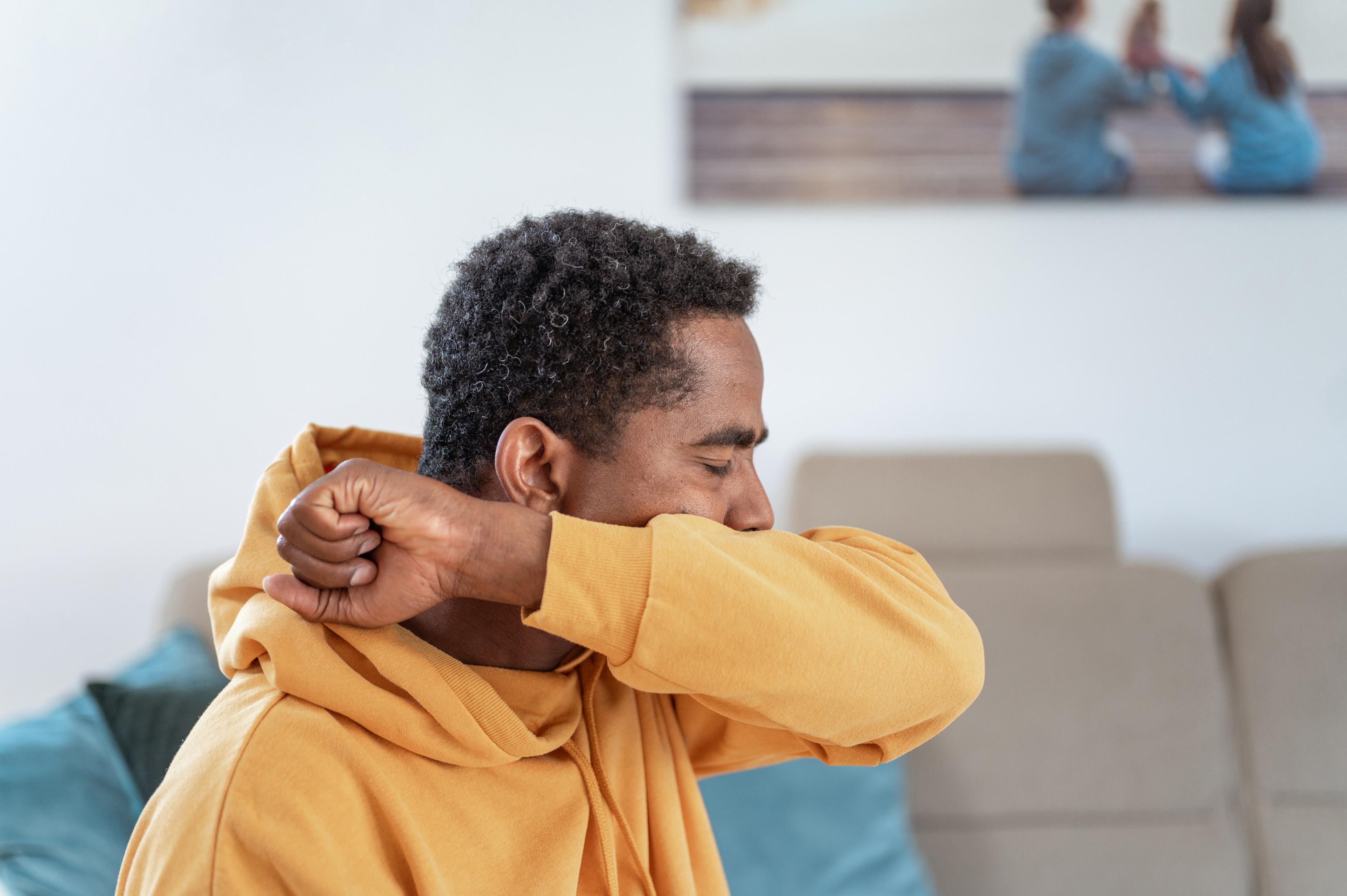Is it Stress or Depression?

Duane DiFranco, M.D.
| 3 min read
Duane J. DiFranco, M.D., is a senior medical directo...

More than 16 million adults are living with depression in the United States. It’s one of the most common mental disorders affecting individuals regardless of race, gender, or age group. Yet, only 35 percent of those suffering with severe depression seek appropriate treatment. Depression is often conflated with other mental health conditions that share similar symptoms. It’s imperative to know the difference so it can be treated accordingly. Despite research and countless studies, the direct cause of depression is unknown. But medical professionals believe it’s linked to a combination of biological, environmental, psychological, and genetic factors. Depression is a mood disorder characterized by a persistent feeling of sadness or loss. People become withdrawn and disinterested in normal activities, impairing their quality of life. Prevalent symptoms of depression include:
- Frequently feeling sad or anxious
- Overwhelming feeling of guilt, worthlessness, or helplessness
- Withdrawing from people and activities
- Irritable‚ easily frustrated‚ or restless
- Trouble falling asleep or sleeping too much
- Overeating or undereating
- Trouble concentrating or making decisions
- Aches, pains, headaches, or stomach problems
- Thoughts of suicide or self-harm
Another chronic condition that can undermine one’s livelihood is stress. Like depression, it can lead to behaviors that negatively impact mental and physical health. Stress can also cause sleep problems, abnormal eating habits, increased irritability, and an overwhelming feeling of dread. The greatest difference between depression and stress is its origin. At its core, stress is a form of self-preservation. It’s a signal to the brain and body that helps us identify physiological and psychological threats i.e. the “fight or flight” response. However, continuous stress can be a catalyst for depression, anxiety and other mood disorders.
Treatment
If you or someone you know are exhibiting signs of depression, professional help is available. The most prominent treatment options are psychotherapy (talk therapy) and medication. Depending on the severity of symptoms a doctor may prescribe one or both. Types of psychotherapy include cognitive, which focuses on a person’s thoughts and how they affect emotions. There’s behavioral therapy, which aims to correct negative or unhealthy actions, and psychodynamic therapy, which treats unresolved issues, such as childhood trauma. In terms of medication, antidepressants are used to manage major depressive disorder as well as other mental health conditions. The most commonly prescribed types are Serotonin Noradrenaline Reuptake Inhibitors (SNRIs) and Selective Serotonin Reuptake Inhibitors (SSRIs). The former increases serotonin and norepinephrine, while the latter blocks the absorption of serotonin in the brain. Both methods help stabilize mood and minimize other debilitating symptoms. If you’re thinking about suicide or are worried about someone you know, call the National Suicide Prevention Lifeline: 1-800-273-8255. TTY: 1-800-799-4889. If you found this post helpful, you might also be interested in:





